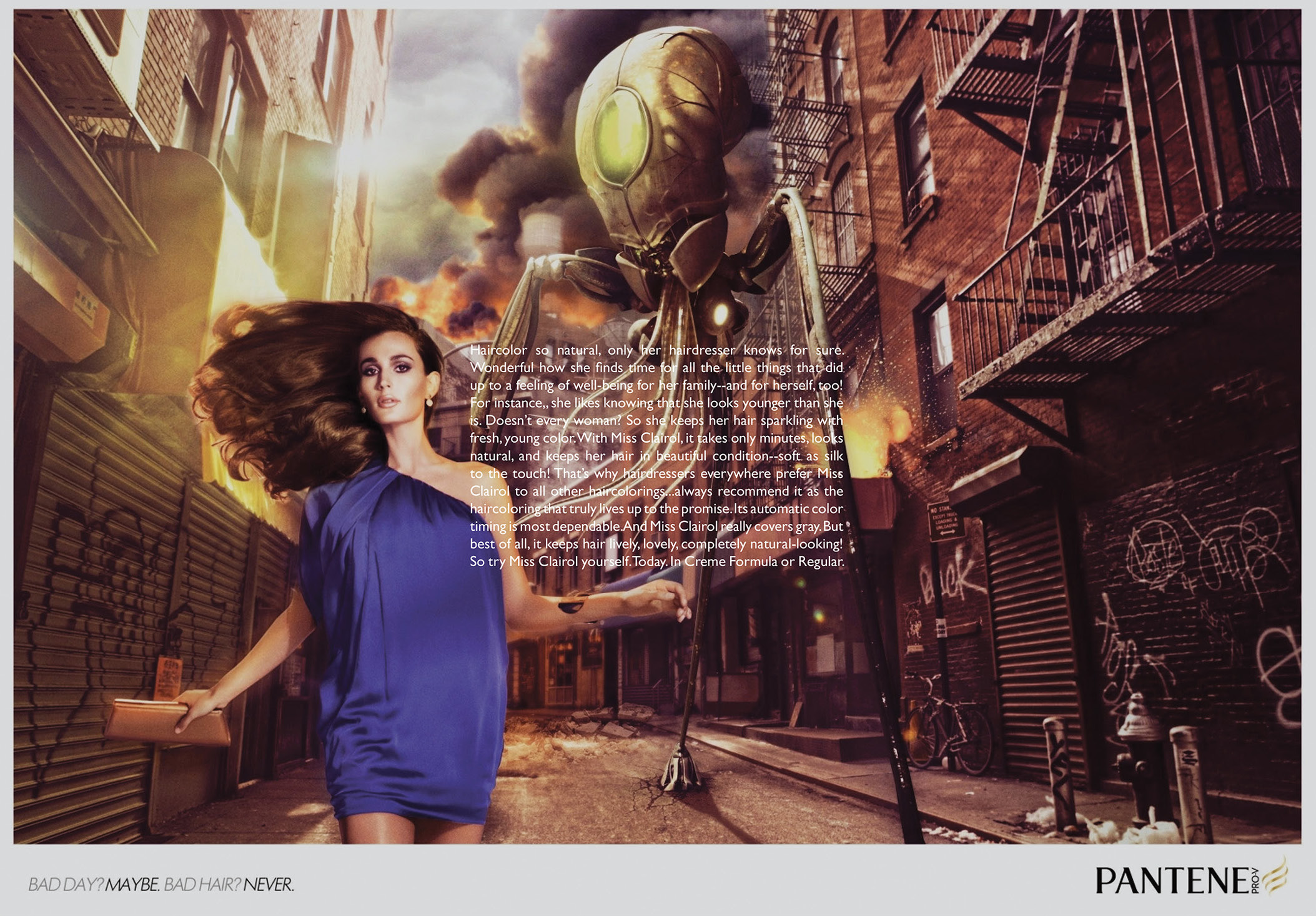
DEEP METAPHORS IN ADVERTISEMENTS: AN AID TO A GREATER UNDERSTANDING OF AMERICAN CULTURE
Top ad campaigns have consistently managed to align themselves with the views of and resonate with the values of the general public since the birth of the industry. However, there still remain conflicting perspective toward advertising and whether it can provide insight into the economical, political, and social environments of society throughout time. Yet, marketing research has shown that advertising’s success is rooted in its unique form of communication entrenched in concepts related to metaphor theory. Gerald Zaltman specifically, Harvard Professor, created an innovative marketing research tool, ZMET, that relies on the use of seven universal metaphors to elicit people’s conscious and unconscious thoughts that influence thought and behavior. The seven deep metaphors are: transformation, journey, resource, balance, connection, control, and container. His research is founded on premises such as 80% of communication if non-verbal, metaphors are essential units of thought and communication, and deep structures of thought can be accessed. My thesis uses Zaltman’s research as a tool to analyze AdAge’s top 100 ad campaigns from 1900-2000 as a lens to derive insight into the public’s general sentiment over time. Changes in how the seven deep metaphors are employed within these successful advertisements should provide insights into changes in American culture that aren’t necessarily verbalized or otherwise expressly articulated.
My exhibition is therefore an attempt to visualize the discrepancy we feel when looking at advertisements from previous time periods by focusing on the change in depiction of deep metaphors. Through this, I hope to establish the value of advertisements as historical artifacts.
Sector C: Art Practice & Technology
Advisers: Ian Verstegen (VLST) | Sharka Hyland (FNAR)

 Visual Studies
Visual Studies